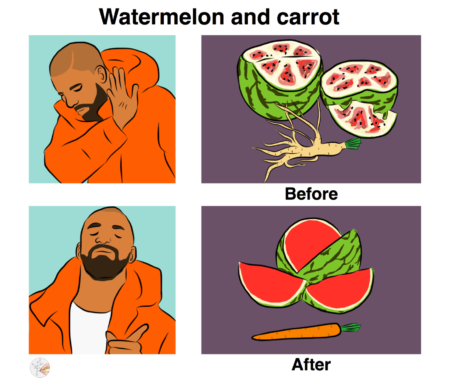The Crop Trust, as a provider of the Food Forever Initiative’s secretariat function, is seeking a Campaign Manager to coordinate the Initiative’s activities aimed at driving the changes needed to make our food systems more sustainable and prosperous. This multi-stakeholder effort is focused on raising awareness for the importance of protecting agricultural biodiversity worldwide, and build support for SDG Target 2.5.
Do you have what it takes or know someone who does? Share the Food Forever vacancy announcement with those who might be qualified and interested! The deadline to submit applications is 8 June 2018.
The timeless story of Glass Gem corn
This article was originally published in 2013 and has been updated because the story is timeless.
Migrating farmers
So apparently agriculture came into a new area with migrating farmers, rather than as a meme, in Southeast Asia as well as in Europe and South Asia. Or so ancient human DNA from Vietnam shows.
This three-pronged mixture of indigenous hunter-gatherers, early farmers, and a later wave of migrants parallels the prehistory of Europe, also illuminated by ancient DNA in recent years. There, migrating farmers brought agriculture from the Near East to Europe, where they mixed with local hunter-gatherers about 7000 years ago. Then later waves of Bronze Age migrants—in Europe’s case, herders from the Central Asian steppe—moved in and established the population structure scientists see today. (Researchers, including Reich, have also documented a similar pattern in South Asia.)
Always thought that was most likely. People will move before they’ll tell neighbours their secrets.
Sketching crop wild relatives
So apparently there’s a Journal of Sketching Science, which is…
…designed to mimic elements of conventional science journals while also adopting more innovative science communication approaches. Our aim is to to communicate complex and important scientific topics in a visually attractive, yet rigorous, way to the public.
Check out their cool take on crop wild relatives, with illustrations by Ernesto Llamas.

Unveiling Africa’s agricultural biodiversity
Ms. Markle expressed the wish of having all 53 countries of the Commonwealth with her on her journey through the ceremony. Ms. Waight Keller designed a veil representing the distinctive flora of each Commonwealth country united in one spectacular floral composition.

Well done, Botswana.
